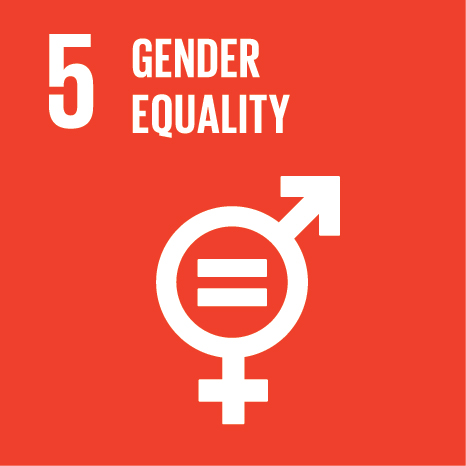Ciência_Iscte
Publications
Publication Detailed Description
Journal Title
Evolution and Human Behavior
Year (definitive publication)
2019
Language
English
Country
United States of America
More Information
Web of Science®
Scopus
Google Scholar
This publication is not indexed in Overton
Abstract
Mate choice lies close to differential reproduction, the engine of evolution. Patterns of mate choice consequently have power to direct the course of evolution. Here we provide evidence suggesting one pattern of human mate choice—the tendency for mates to be similar in overall desirability—caused the evolution of a structure of correlations that we call the d factor. We use agent-based models to demonstrate that assortative mating causes the evolution of a positive manifold of desirability, d, such that an individual who is desirable as a mate along any one dimension tends to be desirable across all other dimensions. Further, we use a large cross-cultural sample with n = 14,478 from 45 countries around the world to show that this d-factor emerges in human samples, is a cross-cultural universal, and is patterned in a way consistent with an evolutionary history of assortative mating. Our results suggest that assortative mating can explain the evolution of a broad structure of human trait covariation.
Acknowledgements
--
Keywords
Assortative mating,Trait covariation,Agent-based modeling,Cross-cultural studies
Fields of Science and Technology Classification
- Earth and related Environmental Sciences - Natural Sciences
- Biological Sciences - Natural Sciences
- Health Sciences - Medical and Health Sciences
- Psychology - Social Sciences
- Other Humanities - Humanities
Funding Records
| Funding Reference | Funding Entity |
|---|---|
| UID/PSI/03125/2013 | Fundação para a Ciência e a Tecnologia |
| 2014/13/B/HS6/02644 | National Science Center-Poland |
| 01201370995 | NIR |
| 501.01-2016.02 | National Foundation for Science & Technology Development (NAFOSTED) |
Contributions to the Sustainable Development Goals of the United Nations
With the objective to increase the research activity directed towards the achievement of the United Nations 2030 Sustainable Development Goals, the possibility of associating scientific publications with the Sustainable Development Goals is now available in Ciência_Iscte. These are the Sustainable Development Goals identified by the author(s) for this publication. For more detailed information on the Sustainable Development Goals, click here.

 Português
Português


